“The primary purpose of the palate is to register balance” Kermit Lynch
Sauvignon Blanc: Grgich Hills Fume Blanc 2017 – Pairing Rating: 9.5 out of 10.0
Nerello Mascalese: Passorosso 2014 – Pairing Rating: 9.0
Cooking with acids and fermented ingredients is an age-old technique. Think sausages with sauerkraut, pasta with marinara sauce, and anything stir-fried with soy sauce added. None of these dishes qualified for the pantheon of gastronomy until the French introduced Nouvelle Cuisine. Along with its pretension, Nouvelle moved acidity into elite kitchens. This was best exemplified by Poulet au Vinaigre (Bresse Chicken with Vinegar), made popular by superstar chef Paul Bocuse in Lyon.
Why the focus on vinegar? If you’ve ever tasted a dish that cries out “something is missing!”, it means the balance is off. Acid (a dash of vinegar or a squeeze of lemon juice) is likely the missing “something”.
To explore this, we chose to pass on the fussiness associated with Nouvelle preparations and look elsewhere for chicken dishes featuring vinegar. We found that in Escabèche – the dish of Spanish, Portuguese and Latin American cuisines. Here, meat or fish is marinated and cooked in a vinegary sauce colored with pimenton (Spanish paprika) and other spices. Our recipe is provided below.
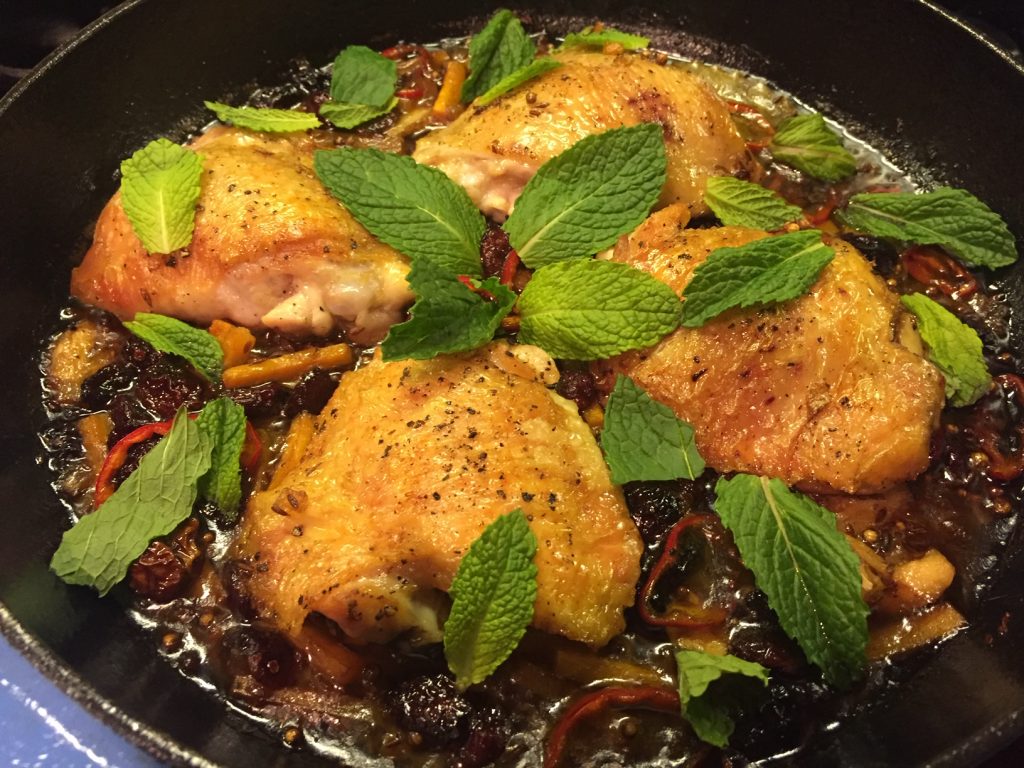
Escabèche is a balancing act between salt, sweet (raisins), spices (cumin, coriander and mint) and sour (vinegar). Melding occurs when the chicken cooks in this marinade, commingling chicken juices and spices, and suffusing the dish with an exotic warmth. All punctuated by the piquancy of the vinegar. Somewhat akin to sipping 18-year-old Scotch by the fireside.
The key to the wine pairing is to not upset the balance of the dish’s flavors. If your preference is white wine, it must have sufficient acidity to stand up to the vinegar without overwhelming the complex spices. We started with a Sauvignon Blanc from the Loire Valley (H. Bourgeois, Sancerre, Les Monts Damnés, 2015), but concluded the wine to be too acidic, too intense for this dish. Bourgeois is a top-flight producer, but his limestone-driven Sancerre is better paired with shellfish, such as raw oysters or shrimp cocktail.
A better pairing was found when we poured Grgich Hills Fumé Blanc from Napa Valley 2017 ($30). This 100% Sauvignon Blanc was grown on the clay-dominant soils of cool Carneros in southern Napa Valley. The juice was then fermented in large French oak casks/barrels and aged 6 months on the lees (spent yeast cells). All contributed to a slightly softer attack and round mouthfeel. For more examples of oaked Sauvignon Blanc, check out one of our earlier posts featuring Sauteed Scallops.
Pale yellow in color, the Grgich Fumé Blanc offered aromas of orange blossom and white pepper. On the palate, melon and tropical notes combined with a lemon/lime edge that was rounded rather than sharp. An appropriate balance of acidity and texture for the Escabèche. While we love crisp, stainless steel fermented Sauvignon Blanc with shellfish, we believe that exposure to some oak broadens its food pairing range.
For a red pairing, we found a similar balance in the 2014 Passorosso ($40), a wine from the volcanic, northern slopes of Mt. Etna in Sicily.
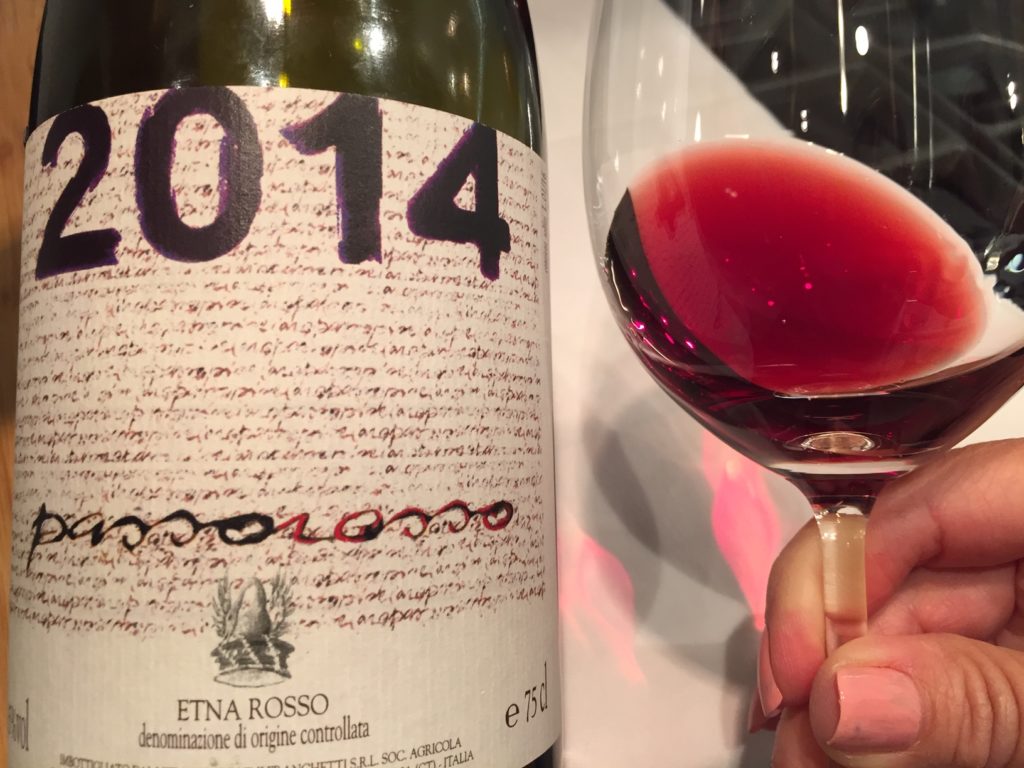
Passorosso 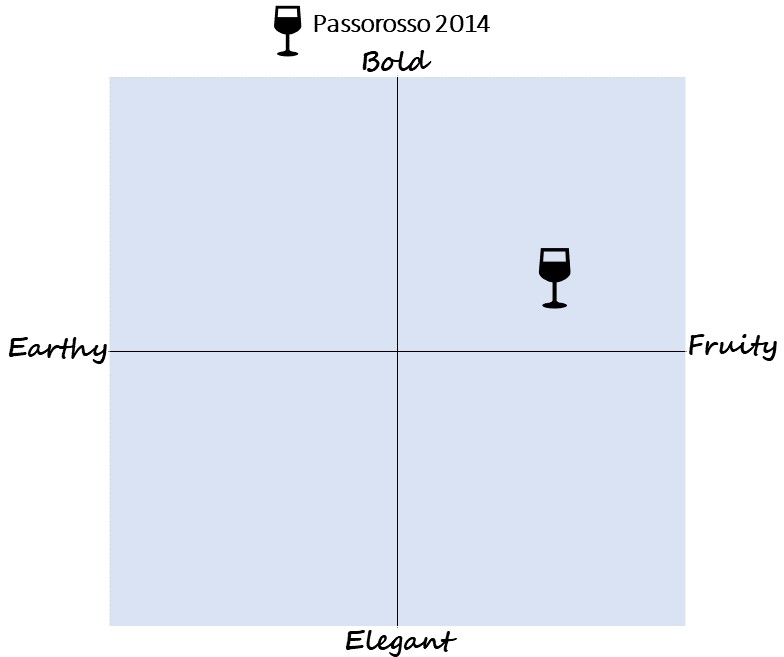
The indigenous Nerello Mascalese grape dominates the blend of this captivating, medium-bodied red. Day-bright ruby in the glass, aromas of strawberry, raspberry and violet preceded the palate of red fruits, herbs and a touch of vanilla. Italian wine critic, Ian D’Agata described this 2014 Passorosso as “Rich, ripe and suave . . . (with) a three-dimensional mouthfeel.” If you enjoy lighter-styled reds, such as Pinot Noir and Chianti Classico, you should definitely have this Passorosso on your buy list.
Both pairings complemented yet respected the complex flavors of the Escabèche, and showcased the balance of acidity, fruit and texture achieved by these skillful winemakers.
. . . now where did we hide that 18-year-old Scotch?
Notes
This recipe was adapted from one by L.A. chef Josef Centeno for his cookbook, Bäco, published by Chronicle Books.
Ingredients
- 1 Tbsp. cumin seeds
- 1 Tbsp. coriander seeds
- 1/3 cup plus 2 Tbsp. extra-virgin olive oil, divided
- 1 medium onion, chopped
- 1 medium carrot, peeled, chopped or julienned
- 6 garlic cloves, peeled and smashed
- 1 bay leaf
- 2/3 cup sherry vinegar or red wine vinegar
- 1/2 cup of water
- 1/4 tsp. smoked paprika
- Kosher salt, freshly ground pepper
- 4 chicken thighs and 4 drumsticks, or 8 thighs, patted dry
- 1 Fresno chili, very thinly sliced. Taste first to check heat level.
- 1/2 cup golden raisins
- 3/4 cup mint leaves
Instructions
- Making the “Marinade” This can be made in advance.
- Heat oven to 400 degrees.
- Toast cumin and coriander seeds in a dry, medium saucepan over medium heat, tossing until fragrant, about 2 minutes.
- Add 1/3 cup of olive to the saucepan, followed by the chopped onion, carrot and smashed garlic.
- Cook the vegetables, stirring occasionally, about 5 minutes, until the onions turn translucent.
- Add bay leaf, vinegar, smoked paprika and 1/2 cup of water and bring to a boil.
- Simmer for 1 minute and remove from heat.
- Add salt and pepper to your taste.
- Cover and reserve this “marinade” in a warm place.
- Frying the Chicken
- Be sure that the chicken skin is dry (for a crispy skin).
- Season the chicken with salt and pepper.
- Heat 2 Tbsp. oil in a large Dutch or deep saute pan over medium-high heat.
- Working in batches, cook the chicken skin side down until the skin is well-browned, about 8-10 minutes.
- Turn chicken over and cook for 1-2 minutes. Note that at this stage the chicken will not be fully cooked.
- Transfer the chicken to a warm plate.
- Pour off the any chicken fat in the pot but do not wipe clean.
- Finishing the Escabèche
- Pour the marinade in the Dutch oven.
- Nestle the chicken pieces in the marinade in a single layer, skin side up.
- Scatter raisins and chili over the top of the dish. Amount of chili is discretionary.
- Transfer the pot to the oven and bake, uncovered, until chicken is cooked thorough, about 10-15 minutes.
- Look for 160 degree reading with an instant-read thermometer.
- Remove from oven and let it rest 10 minutes.
- Top with mint leaves and serve in soup plates.
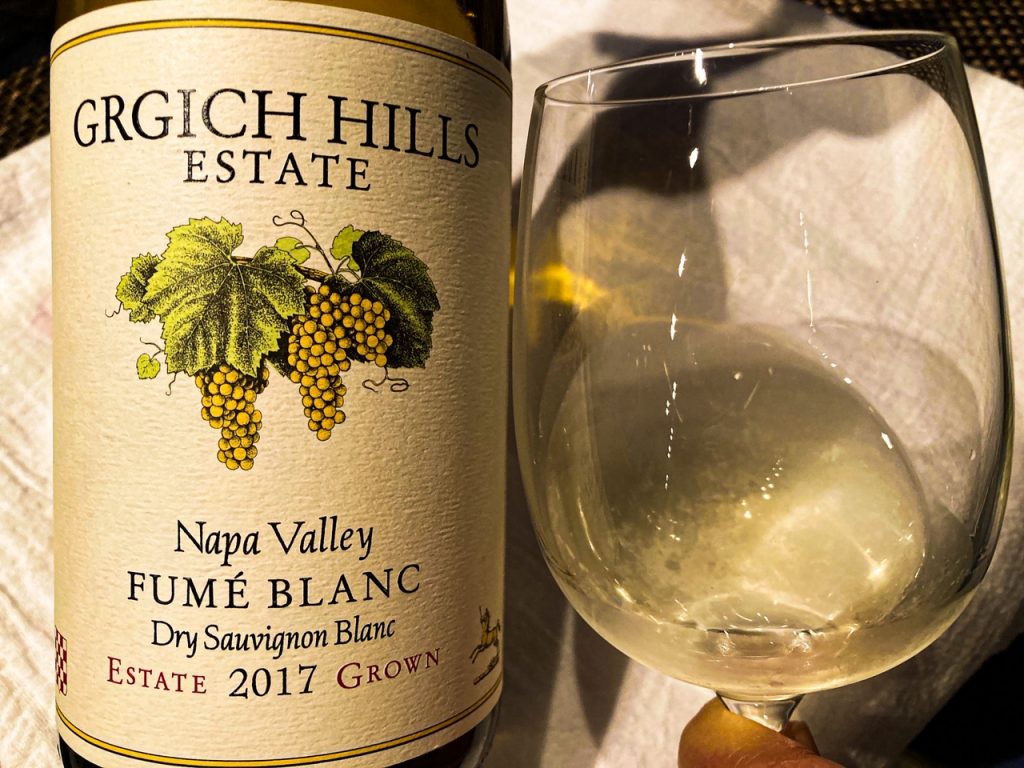
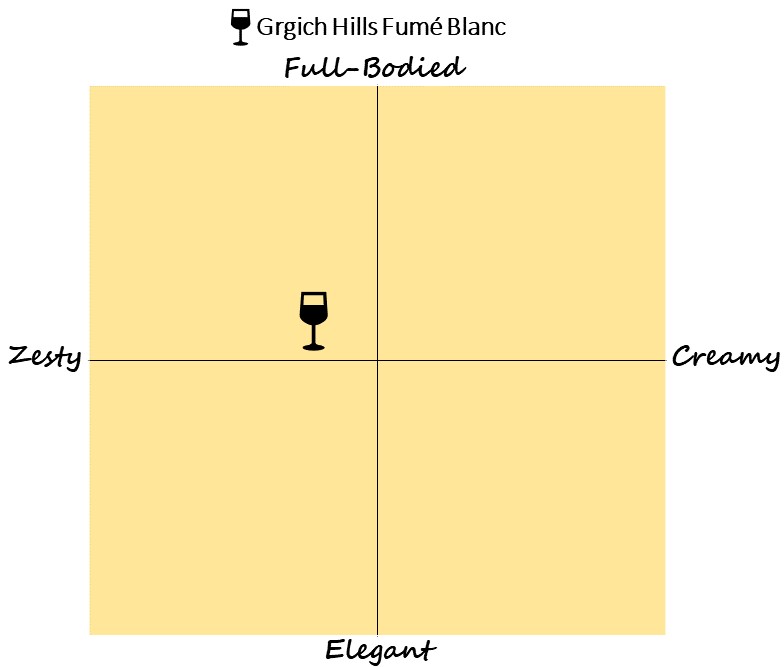

Tom says
Great recipe Steve, but this calls for Red Stripe beer.
Steven says
Thanks for commenting, Tom. You bring the Stripe, I’ll bring the Escabeche . . . and the 18-year-old Scotch.
Merle Stern says
This recipe reads and smells delicious….wish i could have tasted it! Now, I do have the Grgich HIlls Fume Blanc, so where can i sign up to get the chicken escabeche?
Merle Stern says
Oh…and i wanted to mention the photograph had me salivating!! Yum!
Steven says
Thanks for commenting, Merle. The Escabeche is only a few weeks away! Stay tuned.